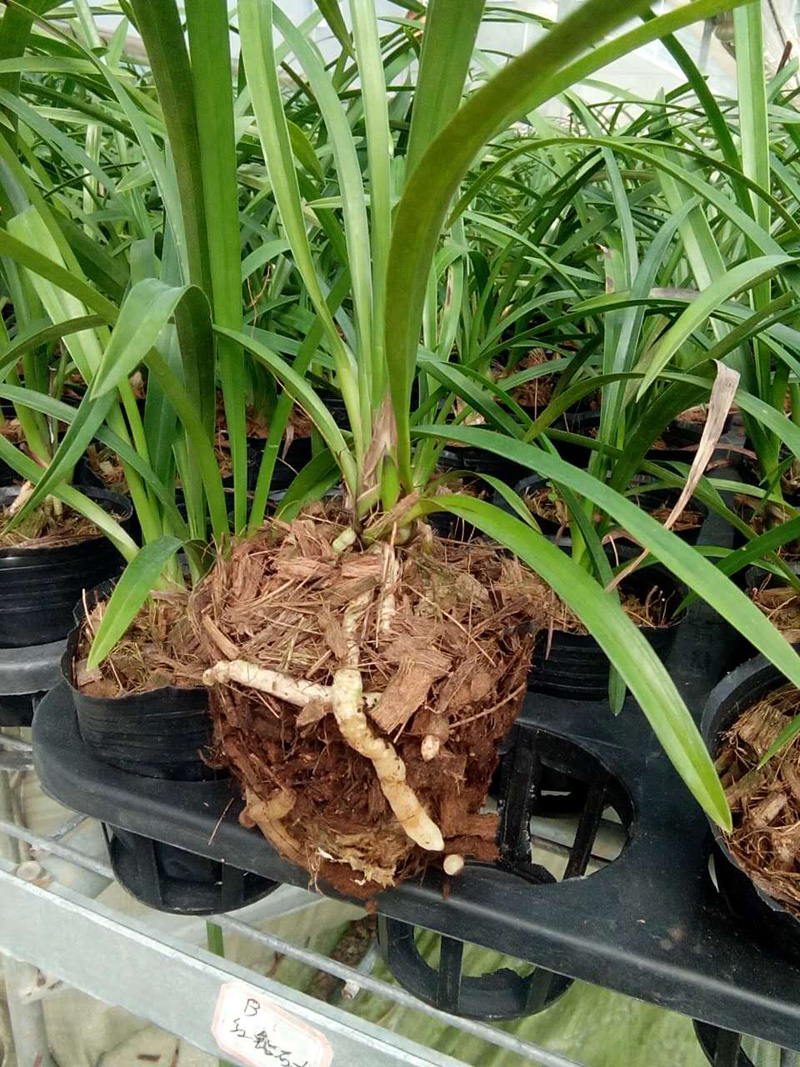1. As a natural organic cultivation medium, it is free of grass seeds, pathogenic bacteria, nematode and worm eggs. It is safe to use.
It is pollution-free, natural and environmentally friendly.
2. It contains high lignin and cellulose content and low semi-cellulose content. It has a long service cycle and it is difficult to decay.
3. It is a granulate matter and it has rich fibres and exceptional moisture preservation and gas permeability. It has great moisture preservation because most of its moisture is maintained in the center of fibre blocks and it is dry on epidermis. It also has high gas permeability because it has high lignin content and numerous fibres which make it porous. Its stable pH value is close to neutral value and this provides an ideal environment for the growth of root systems of demanding plants, such as Orchidaceous plants.
Put coconut shells into a container, pour some water into the container to soak them until complete imbibition. Then get them out, drain excessive water and they are ready for use. It would be better to soak them for multiple times or wash them under running water. They can be used alone or mixed with other media as the case may be.

Coconut powder contains a large quantity of lignin and cellulose, but it contains very low semi-cellulose content. Although it contains very few mineral elements which can be used by plants, especially N, Ca and Mg, it contains high content of P and K. Coconut powder contains a high proportion of water which can not be used, about 42%. Water and fertilizer management shall be strengthened when it is used alone.
As a good and natural plant cultivation matrix material, coconut shells are suitable for the plants with aerial roots, such as Orchidaceae flowers (Phalaenopsis aphrodite Rchb. F.), Anthurium andraeanum and Ananas comosus. They can also be mixed with coconut coir, peat, perlite and other media to create a mixed matrix which holds water and airy. This matrix is suitable for not only common flowers, for example, Rosa rugosa, Lilium brownii var. viridulum Baker, Gerbera jamesonii Bolus and Dianthus caryophyllus, but also the planting and soilless cultivation of many other plants.